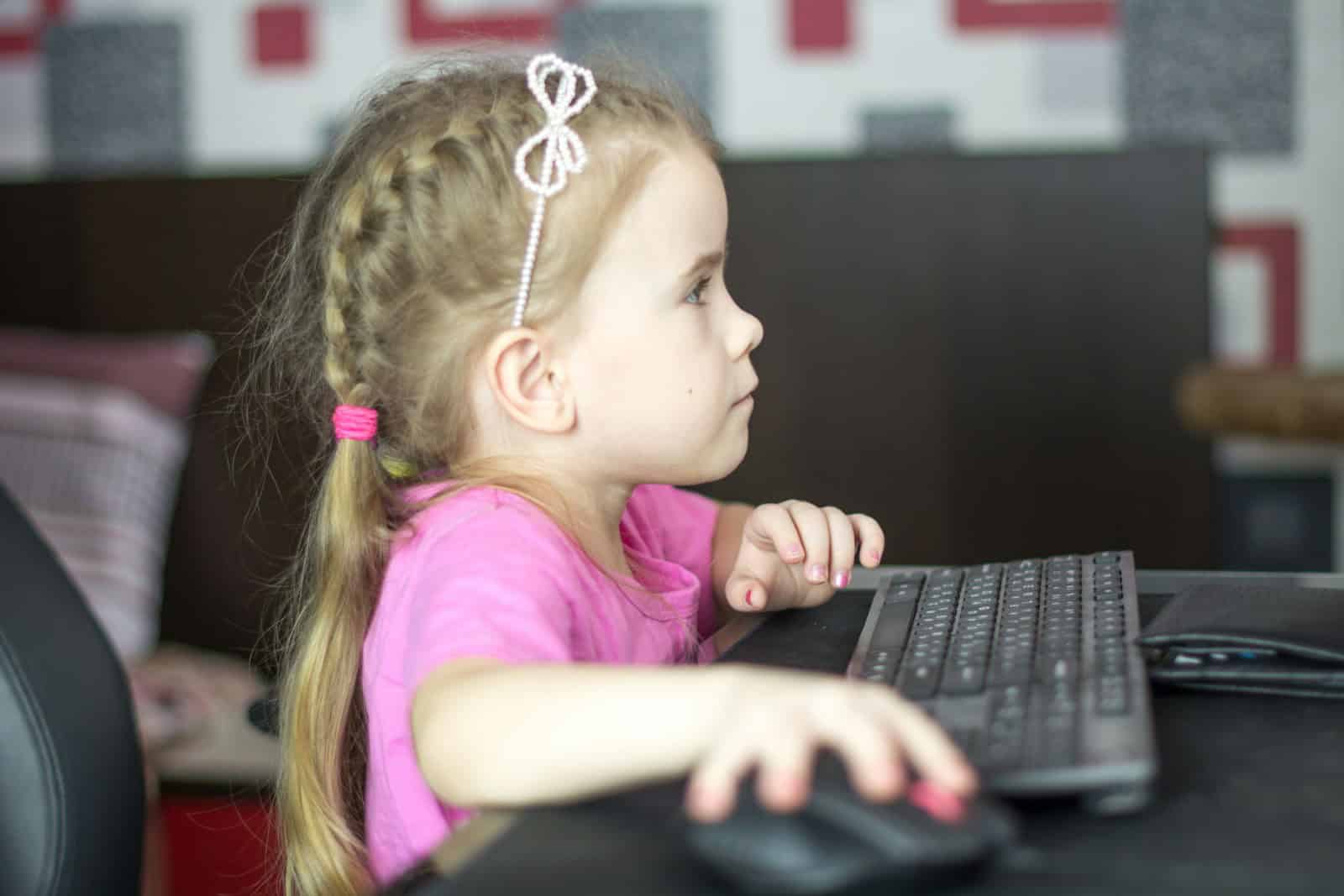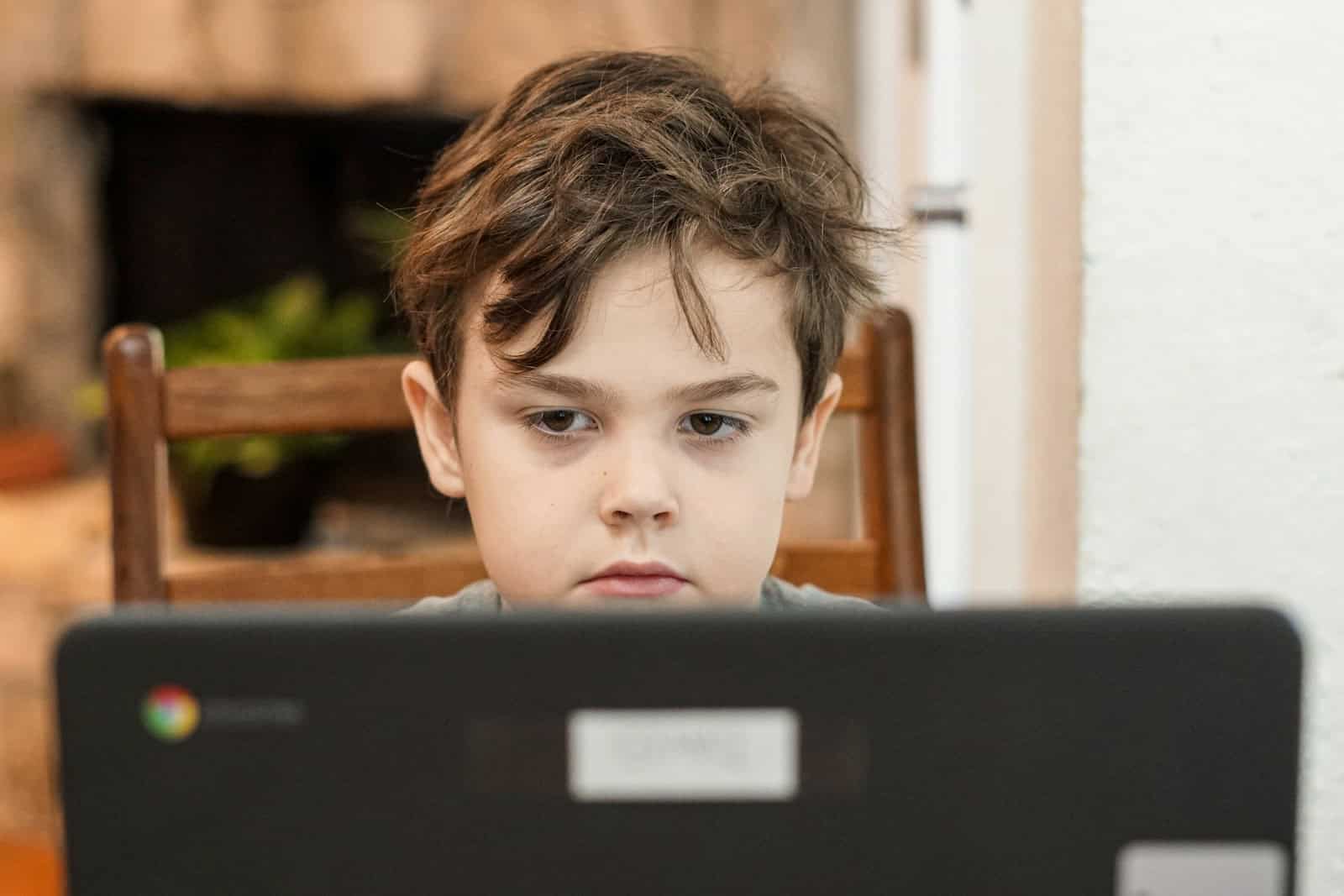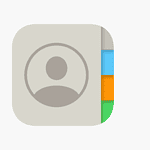Computer basics for kids open up a world of fun and learning. Kids can discover how to use a mouse, keyboard, and touchscreen to interact with technology. They learn about hardware like monitors and printers. Software programs let them create art, play games, and explore the internet.
Learning computer skills helps kids in school and life. They can type essays, do research, and make projects. These skills also set them up for future jobs and hobbies. As they learn, kids build problem-solving skills and boost their creativity.
Starting early gives kids a head start in our digital world. They can learn to use computers safely and smartly. With guidance, they can avoid online risks and make the most of tech tools. Computer basics lay a strong foundation for deeper tech skills later on.
Unlocking the Digital World: Computer Basics for Kids
In today’s world, computers are everywhere! Learning how to use them opens up a world of possibilities for playing, creating, and learning. Here are some essential computer skills for kids to thrive in the digital age.

1. Getting Started
- Turning it on and off: This is the first step! Learn how to power on your computer and shut it down properly.
- Using the mouse and keyboard: The mouse lets you point and click on things, while the keyboard lets you type letters, numbers, and symbols.
- Understanding the desktop: This is the main screen where you’ll find icons (little pictures) that represent programs and files.
2. Exploring Programs and Files
- Opening and closing programs: Learn how to start and exit applications like games, web browsers, and art programs.
- Creating and saving files: Whether it’s a drawing, a story, or a school project, knowing how to create and save your work is important.
- Organizing files in folders: Just like keeping your room tidy, organizing your computer files into folders helps you find things easily.
3. Navigating the Internet
- Using a web browser: This is your gateway to the internet. Learn how to type in website addresses and search for information.
- Staying safe online: The internet is full of amazing things, but it’s important to be aware of online safety rules and avoid sharing personal information.
- Being kind online: Remember that there are real people behind the screens. Always be respectful and kind in your online interactions.
4. Creating Cool Stuff
- Drawing and painting programs: Unleash your creativity with digital art tools.
- Making music: Explore music creation software and compose your own tunes.
- Writing stories and poems: Use word processing programs to write and share your stories.
5. Learning and Exploring
- Educational websites and games: The internet offers a wealth of learning resources for all ages.
- Online libraries and encyclopedias: Discover a world of information at your fingertips.
- Coding for kids: Learn the basics of coding and create your own simple programs or games.
Beyond the Basics
As kids become more comfortable with computers, they can explore more advanced skills:
- Typing skills: Learning to type quickly and accurately is a valuable skill for school and beyond.
- Digital citizenship: Understanding online etiquette, privacy, and responsible technology use.
- Problem-solving and critical thinking: Using computers to solve problems, analyze information, and think creatively.
Key Takeaways
- Computer basics teach kids essential tech skills for school and life
- Kids learn through hands-on practice with hardware and software
- Early computer education fosters creativity and problem-solving abilities
Understanding Computers and the Internet
Computers and the internet form the backbone of modern technology. They help kids learn, play, and connect with others. Knowing how these tools work makes using them easier and safer.
Hardware Essentials
A computer has many parts that work together. The main parts are the monitor, keyboard, mouse, and CPU. The monitor shows what’s on the screen. The keyboard lets you type words and numbers. The mouse helps you point and click on things. The CPU is the brain of the computer. It does all the thinking and math.
Other parts include speakers for sound and a webcam for video chats. Some computers have touch screens instead of a mouse. Laptops have all these parts built into one device. This makes them easy to carry around.
Software and Operating Systems
Software tells the computer what to do. The main software is called an operating system. Windows and Mac are two common ones. The operating system helps other programs work on the computer.
Apps are special programs that do specific jobs. There are apps for writing, drawing, and playing games. Some apps help with math or science homework. Others let you watch videos or listen to music.
To use new software, you download it from the internet or put it on your computer with a disk. Always ask a grownup before adding new programs to stay safe.
Navigating the Internet
The internet is a big network that connects computers all over the world. It lets you find information, watch videos, and talk to friends. To use the internet, you need a web browser like Chrome or Firefox.
Search engines like Google help you find things online. You type what you’re looking for, and it shows you websites about that topic. Be careful what you click on and don’t share personal info online.
Email and social media are ways to talk to people on the internet. Always be kind online and tell a grownup if something makes you feel weird or scared.
Interactive Learning and Creation
Kids can learn computer basics through hands-on activities. These tasks help them build skills and have fun at the same time.
Coding and Problem-Solving
Coding teaches kids how to think like computers. They learn to break big problems into small steps. This skill helps in many areas of life. Kids can start with block-based coding in Scratch. It’s easy and fun. They drag blocks to make characters move and tell stories.
As they grow, kids can try text-based coding. Python is a good language to start with. It’s simple to read and write. Kids can make games, solve math problems, or create art with code. These projects help them learn logic and creativity.
Creative Computing
Kids can use computers to make cool stuff. They can draw pictures, design games, or make music. These activities help them learn new skills and express themselves.
Programs like Paint or Tinkercad let kids create digital art. They can make 3D models or design logos. This teaches them about colors, shapes, and design basics.
Kids can also make animations or short videos. They learn to tell stories and work with different media. These skills are useful in many jobs today.
Practical Applications for Skills
Kids can use their computer skills in real life. They can make homework easier and more fun. For example, they can use Word to write reports or Excel to make charts.
Typing games help kids get faster at using a keyboard. This skill saves time on schoolwork. Kids can also learn to use email safely. This teaches them how to talk to others online.
As they get older, kids can help with family tasks. They might make a budget in Excel or design party invites. These activities show how computer skills are useful every day.







